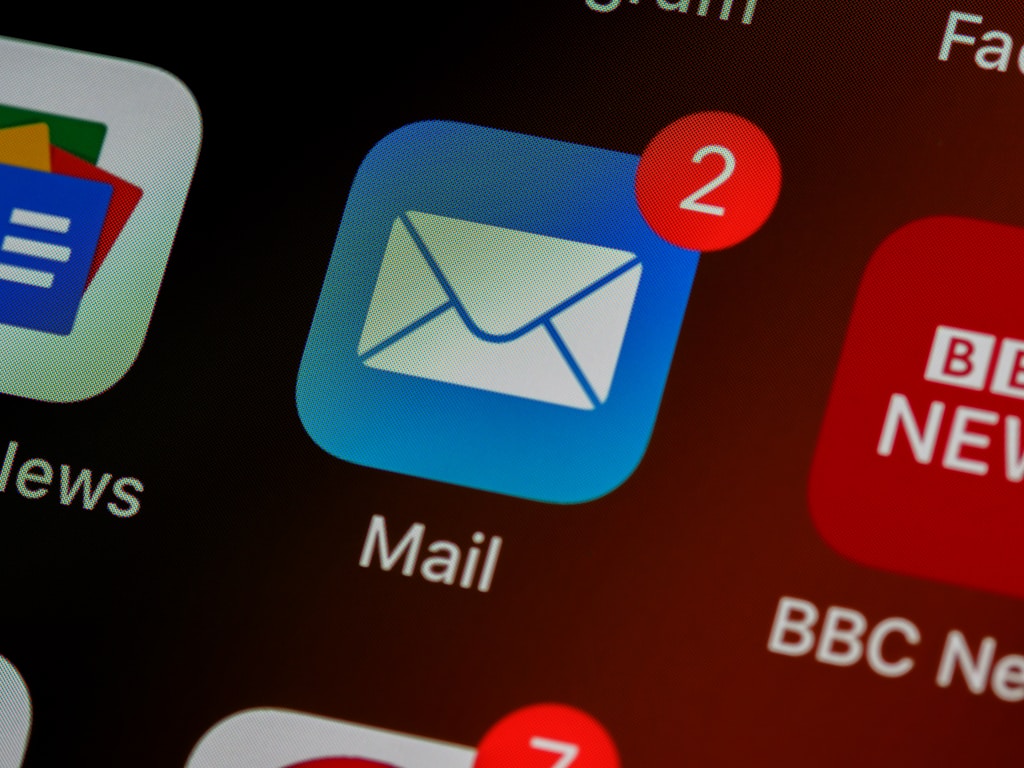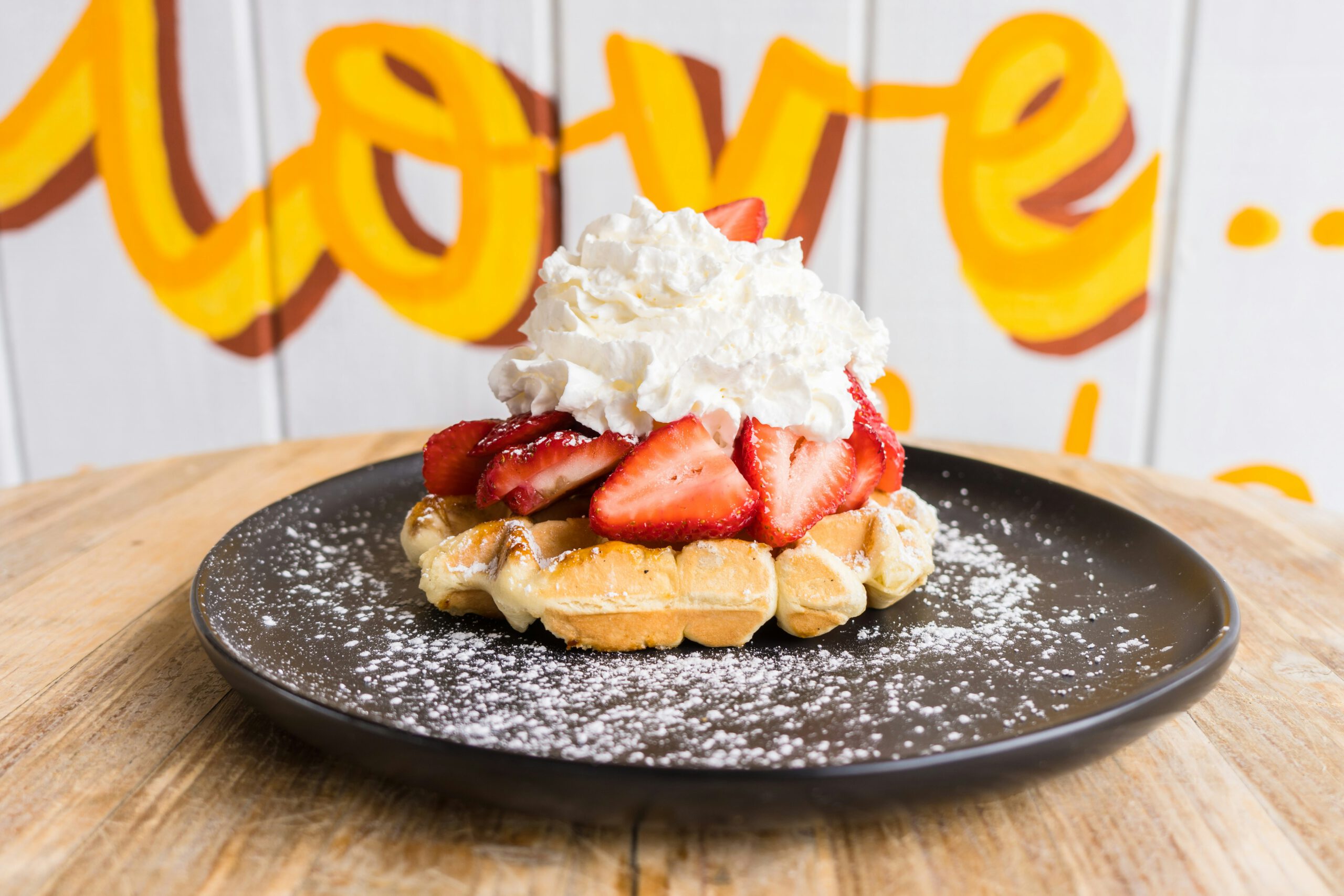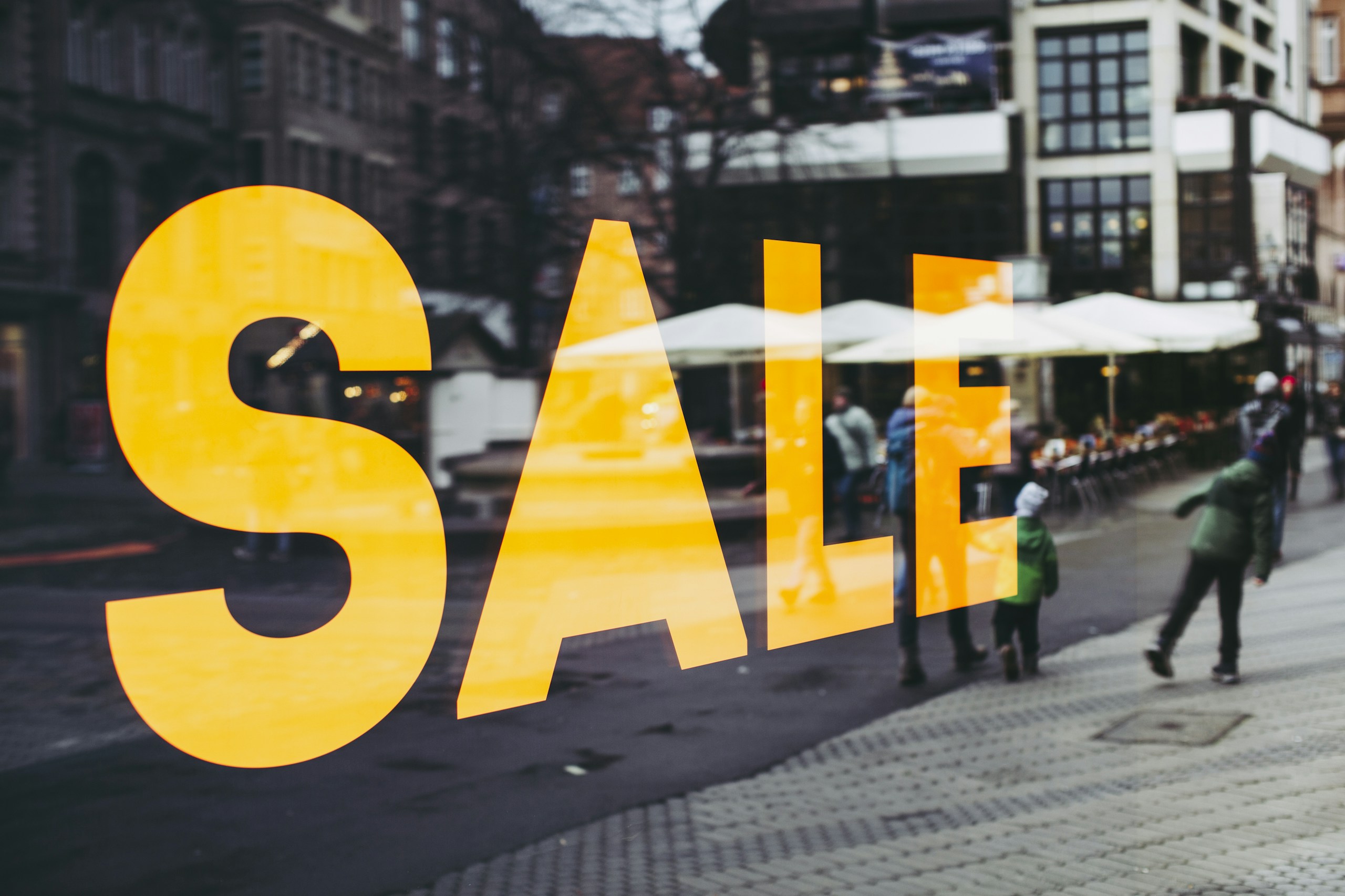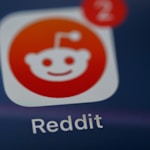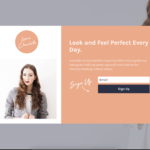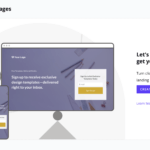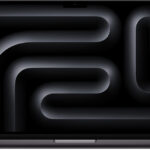In this small series of posts, I will complain about the ways product and SaaS companies try to expand their business but end up running into ways they hurt their customer base and end up pushing customers away from future purchases.
The potential shopper
If you have done any online shopping, you have experienced an email funnel. A flow from traffic that was generated from your interaction with a website or store. In a lot of cases, the typical flow can be helpful in reminding a potential that has visited your site typically thought a channel such paid ads that a visitor was targeted for a reason and were interested in your product, but may need a way to re-engage them to get them to complete their interaction or transaction to generate revenue from you. The resulting from this “reminder” can convert someone who may have forgotten or waiting for some incentive to convert to a paid customer.
Example of an email funnel
You are scrolling on Instagram and you see an ad on Instagram for a random product. You think, “Oh this is pretty cool, I will take a look”. You go to their store, add it to your cart, enter your email and start the check out and then suddenly realize they have a shipping lead time or charge that turns you off to the purchase and results in their paid ad leaving another revenue-less visitor. Twenty four hours later, you get the email with a subject similar to “We saved your shopping cart for you” to remind you about the open transaction and usually a coupon code attached You decide this is now a good deal, go back and apply the coupon, and now have been converted into a paying customer.

Email funnel benefits
As you can see above in the example, reengaging visitors to your store, product, or business that were targeted by their interests has a large number of revenue benefits and key to help leverage paid ads and building leads from those visitors. Many people on their phones see products and decide they want to sign up on a computer, maybe use a different credit card, maybe want to come back later and check out when they are home, etc.
Email funnel problems
The above example is a great working method of an email funnel that can help convert visitors and convert the ones who leave into paying customers. Every business should learn how to convert on ads, reengage, and help build the conversion from visitor to paying customer.
The problem today is that with everyone trying to market and capitalize on their leads, they over engage and turn the same strategy on PAYING customers who have already bought their product.
When a customer has converted, their engagement needs to differer with your brand significantly. The visitor to your website who hasn’t completed a sale is much different than the person who has bought your product and is now a customer.
For example, let’s look at two recent interaction with Factor75 and KitchenAid. If you aren’t aware, KitchenAid makes premium kitchen appliances. Their mixers have been around for decades, made of real metal and warranty, built in the US, and in a lot of homes, are one of those true appliances you buy and pass down to your children since they are built to last. At this quality, they come at a premium where a stand mixer may run you $300+.
Factor75 is a business that provides a consumable product of pre-made meals delivered each week targeted at the athlete brand as well as busy singles who want to bring eat real food without relying on frozen processed food or the expense of shopping and cooking each night.
Both of these models are what I call “slow engagement” and the anti-pattern for traditional email funnels.
What are “slow engagement” products?
As I have worked in sales and products, I have determined there are two types of products. The first one is the viral type product that your only mission is to capture as much revenue from your customers as fast as possible. The goal is to get them to sign up, buy your items, and assume they will rotate out in a 6-12 month window. To me, this is the similar type engagement you see a lot in the free-to-play mobile games where your customer base isn’t loyal or buying something long term. They are coming to get a quick fix, want something immediate, and will eventually move on to the next trend. This can also apply to things in peak demand where customers are willing to buy as much as possible in a short term on limited items where a market is based around, if I have the supply, people will buy it.
The second type is the slow engagement. These can include a few different categories but typically, the products are quality and last and provide a purpose over a longer cycle. Software that is sold on a yearly term and not a quick sign-up and use credits quick, products that last for years at a time like KitchenAid mixers, or meal plans like Factor75 that you consume over time (you aren’t eating 21 meals in 24 hours), or a SaaS product that requires onboarding time.
Slow engagement anti-pattern
The problem that KitchenAid and Factor75 have built is that they fail to understand their customers. Someone who purchases a plan of meals for a week is suddenly filled with multiple emails a day of products and new things to buy before they even try the first meal. This results in a quick “MARK AS SPAM” or an UNSUBSCRIBE which then removes any future marketing for this person and your company at all. Same thing with large value products. The majority of buyers are saving up to buy your item and make the big purchase. They want to enjoy what they have and not be flooded with $100+ add ons every 2 days after they just gave you their money.
Retain your customers using customer focused flows
When a lead becomes a customer, you want to treat them like they matter. Instead of following the traditional email funnel, work to understand how your customers engage with your product and brand. The email funnel after they become a customer should not be one of getting more money, but to making them a happy customer and their engagement with your brand and service.
- Take time doing research on how a customer would start using your product.
- Investigate any potential issues with onboarding where maybe a self-starter would get stuck on step 3 and some documentation to better engage with your product
- Understand the consumption model of your product and where a customer may disconnect from your service. Engage when the key decision moments happen, not front load them with multiple emails a day trying to upsell more items.
- Wait to offer potential upgrades until they are happy with your service and product and see value to send more money. Use tools to understand the customer engagement and determine if they are a potential upsell target or if they are struggling and may not even renew.

